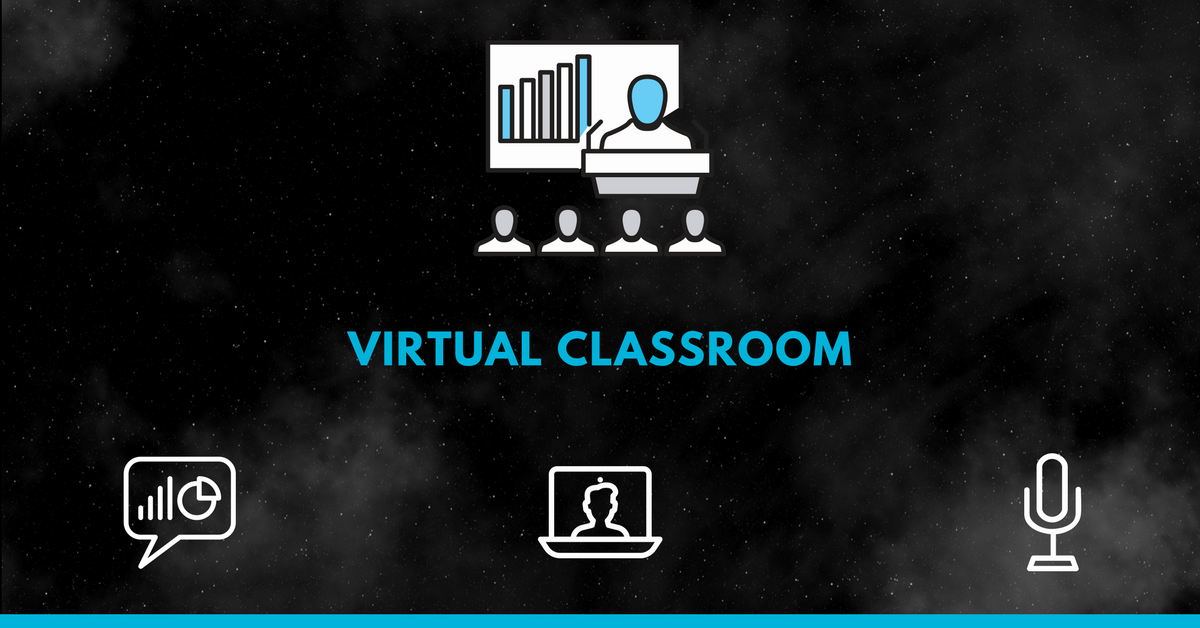What makes virtual classrooms special is the fact that it creates unique opportunities by connecting teachers and students from all around the globe. Virtual classroom are a dream job for many and a dream education system for students all over the world.
But delivering these classes isn’t without its challenges. Just like in physical classrooms, you need to be creative and resourceful when the going gets tough if you want to keep your audience interested.
In this article we’ve prepared for you 5 tips on how to deliver effective live training through virtual classrooms:
1. Don’t let your technology get in the way
Your customers are your students, and they are at the core of your business. You need to make sure you’re giving them them the best customer experience you can possibly provide. Given that in the virtual teaching environment you’re pretty much reliant on technology, it makes sense to check everything before you go ‘live’. The competition is fierce, and if your platform malfunctions once or twice, some of your students won’t think twice before going to your competitor’s. The ability to schedule live sessions virtually anywhere in the world using a vital feature like datacenter selection also increases redundancy and fault tolerance in case of a disaster.
2. Make sure your employees are resourceful and trained
The second most important factor determining the success of your live training are your employees and instructors. Your online facilitators need to be trained and updated on how to set everything up and use audio properly. On top of that, virtual classroom can be challenging to manage, especially when the learners aren’t actively participating or do not understand something. Instructors need to be trained on how to approach these learners without losing the interest of other participants.
3. Don’t lose sight of the goal
In both virtual and physical environments, it’s sometimes easy to get sidetracked by other topics that do not precisely follow the syllabus. Although it is far better to have a healthy discussion and active participants as opposed to inactive ones, losing the sight of your goal isn’t a good idea. While instructors should allow students to express their opinions, it is crucial to stay focused on the task at hand.
4. Use visual elements to convey your message
Enrich your classes visual elements whenever you can. Today’s attention span is shorter than ever, and putting big chunks of text on your Powerpoint slides will bore your learners to death. People are visual beings, and they love seeing something along with hearing it. Visuals help learners retain information far better than by using audio alone. Try using infographics, videos, charts and diagrams whenever you can along with writing or drawing on the whiteboard to make your live classes more interesting.
5. Use different techniques to keep your participants motivated
To keep your students motivated especially when teaching children, you need to resort to several techniques. For example, make sure to praise your online students using emoticons on the whiteboard or chat every time they do something right to build their self-esteem and keep them interested. Similarly, if they misunderstand something make sure you explain them why that isn’t the case. Illustrate your point with examples. Secondly, you should enable learners to keep track of their own progress to motivate them to continue towards their goal.









